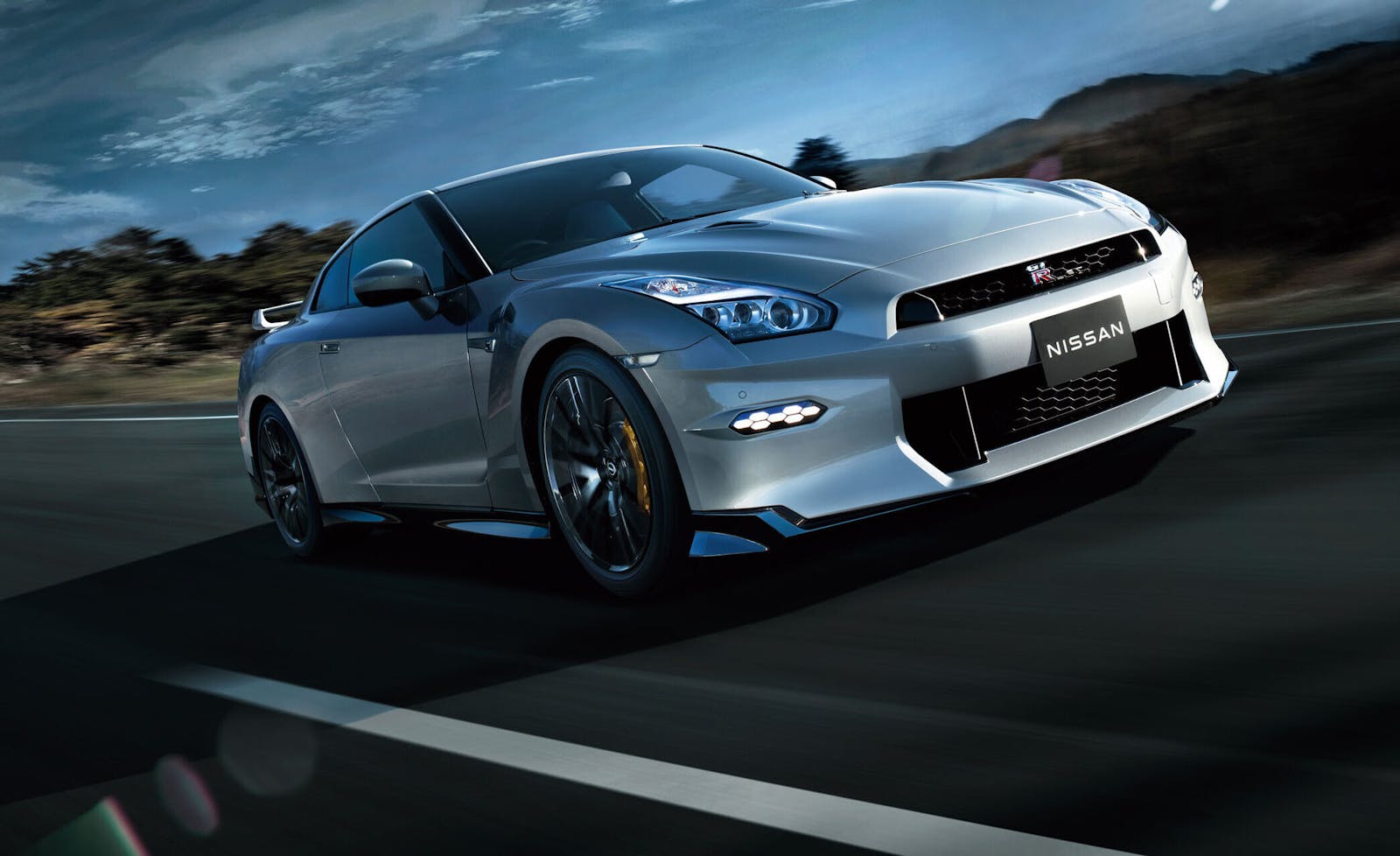Media | Articles
Alsace, the hotly-contested region where Bugatti was born, still houses the automaker’s legacy
Today marks the centennial anniversary of the conclusion of the original Paris Peace Conference, which enacted the Treaty of Versailles to ostensibly create peace between Germany and France after the first World War. For Bugatti, however, it’s a reason to celebrate its home region of Alsace. Though it’s now part of France, the Alsace region has switched between sovereigns, most often France and Germany, and been the center of geopolitical conflict many times in the past 400 years.
However, despite the volatile and unpredictable political fortunes of the region, the locals boast a strong regional identity. A major part of that identity for the past 110 years has been Bugatti. Though he was born in Italy and lived in Germany with his family, from a young age Ettore Bugatti identified as French. In 1909 he moved his family from Cologne to Molsheim in the Alsace region, then part of the German Reich, not far from Strasbourg, after getting financial backing to start making automobiles along with high-performance engines for the nascent aircraft industry.
Besides his cultural inclinations, locating a new car company in the Alsace region made a lot of sense. By then Alsace had developed an advanced industrial sector capable of producing high quality manufactured goods. The region was also blessed with skilled workers and proximity to the Rhine River, easing shipment of both raw materials and finished products.
In 1910, at the age of just 28, Ettore purchased a former dyeworks in Molsheim, set up his factory and began making the Type 13 Bugatti.
Marketplace
Buy and sell classics with confidence

In the wake of WWI and the Treaty of Versailles, eight years after Bugatti moved to Molsheim, Alsace was annexed to France; but little changed for Bugatti and his company, particularly since he had adopted French culture as his own. His Type 35 won more than 2000 races in the 1920s, a record that will likely never again be broken by a single racing design. Success on the racetrack was augmented by producing majestic tourers like the Type 41 Royale, setting standards for luxury that have yet to be surpassed. In time, Molsheim itself became identified with Bugatti.
The German invasion of France and the annexation of Alsace-Lorraine by the Third Reich in 1940, however, effectively ended the history of the first iteration of the Bugatti company. Bugatti even had to hide some of his advanced technology to keep it out of the hands of the invaders. Though he tried to revive his company after hostilities ended, the political climate in postwar France was not hospitable to luxury car brands.
In another touch of irony, it took Volkswagen, a German car company that developed Hitler’s “people’s car,” to revive the Bugatti brand as Ferdinand Piëch’s vanity project, even buying Ettore Bugatti’s original home in Molsheim to act as the marque’s headquarters. Once again, Molsheim and the Alsace region are identified with some of the world’s most advanced automobiles.
“Bugatti belongs to Alsace, even after 110 years. This is the only place where we can continue the precious heritage of Ettore Bugatti and find highly motivated and skilled staff who produce the best cars in the world with passion,” said Bugatti president Stephan Winkelmann on the occasion of the Versailles treaty’s centennial. “In keeping with Bugatti’s tradition, we design and manufacture the most precious cars, the haute couture of the automotive industry, by hand. I can’t think of a better place than this, our home in beautiful Alsace.”


